The FlamesThe Age of Ceramics
From to
Gathering over 350 pieces dating from the Neolithic to the present day, the exhibition The Flames: The Age of Ceramics is an immersive exploration of the medium, a fresh, fruitful dialogue between objects from different periods and contexts that brings to light influences as well as coincidences.
An inexhaustible source of inspiration and expression for craftsmen, artists and designers, ceramics – from the Greek keramos, meaning "clay" – is one of humanity's earliest cultural manifestations, used since prehistoric times to make idols, constructions and food containers.
The exhibition presents ceramics by modern and contemporary artists and ceramicists, among them Jean Carriès, Georg Ohr, Paul Gauguin, Shoji Hamada, Bernard Leach, Marcel Duchamp, Meret Oppenheim, Pablo Picasso, Salvador Dali, Raoul Dufy, Lucio Fontana, Beatrice Wood, Ken Price, Ron Nagle, Cindy Sherman, Judy Chicago, Miquel Barceló, Jean Girel, Simone Leigh, Daniel Dewar & Grégory Gicquel, Theaster Gates, Rebecca Warren, Mai Thu Perret, Clare Twomey, Takuro Kuwata, Natsuko Uchino; historical works by Bernard Palissy, Marie Talbot, Dave the Potter and reknown ceramic manufactories; anonymous pieces such as prehistoric Venus figures, ancient Greek vases, and vernacular pottery; and non-European items including Nok pottery, Mochica jars, Tang figures, Iranian reticuled piece and Japanese raku wares.
The exhibition's transhistorical approach focuses on ceramics as inherently related to art and, more broadly, to humankind. Long underestimated among the arts, the medium can be both functional and sculptural, and as such compels us to rethink existing categories and traditional hierarchies. In its mingling of art, craft and design, The Flames explores not only ceramics' relationship to the decorative, the culinary and the performative, but also its scope of application in the fields of medicine, aeronautics and ecology.
Three themes structure this exhibition: techniques (clays and firing, shapes, decoration); uses (functional, sculptural, ritual); and messages (trompe-l'oeil, anti-classical, political). Also considered are pieces that deviate from the rules, reinvent codes and challenge procedures, even if the recipes infused with alchemy have hardly changed throughout history.
Like the Phoenix constantly reborn from its ashes, ceramics exerts an increasing yet cyclical fascination linked to the technical unpredictability of the firing and the kiln that can never be completely mastered. Since the late 19th century, the tactility and roughness that have always driven craftsmen have exercised a powerful pull on artists too, together with numerous amators and collectors.
Fire, the inspiration for the exhibition's title, is a technical resource sparking not only precise properties and functions, but also specific counter-aesthetics and an imaginative richness sometimes verging on the radically utopian. In many respects ceramics is an art of resistance. The recognition of a "Ceramic Age"– one, strangely enough, never previously acknowledged – seems today more obvious than ever.
The Flames can be seen as the third chapter in a series of exhibitions, coming in the wake of Decorum (on tapestry) and Medusa (on jewellery) at the Musée d'Art Moderne in 2013 and 2017 and their rethinking of the definitions of art. It is built around loans from numerous renowned institutions and collections, both public (Sèvres Manufacture and National Museum, Musée des Civilisations de l’Europe et de la Méditerranée in Marseille, the Louvre, the Arizona State University Museum, etc.) and private; as well as collaboration with French and international academics and theoreticians, including the three guest specialists Frédéric Bodet, Thomas Golsenne and Stéphanie Le Follic-Hadida.
The exhibition is accompanied by a catalogue gathering texts by specialists and artists; an international symposium on the theme Ceramics and Politics, jointly organised by the Society of Friends of the Sèvres National Museum and the Paris Museum of Decorative Arts, at the National Institute of Art History (INHA) in Paris in January 2022; a participative collecting project; a program of workshops and demonstrations; and a pedagogical mobile and miniaturized version of the show for people unable to attend.
Worth noting: as a gesture of respect for the Earth – the primary material for this exhibition – the furniture specially designed by the Cros/Patras agency in collaboration with Natsuko Uchino is more than 50% recycled and recyclable.
In addition, the exhibition will find an echo in a selection of ceramic works belonging to the museum and on display within the permanent collection.
Curator : Anne Dressen, assisted by Margot Nguyen
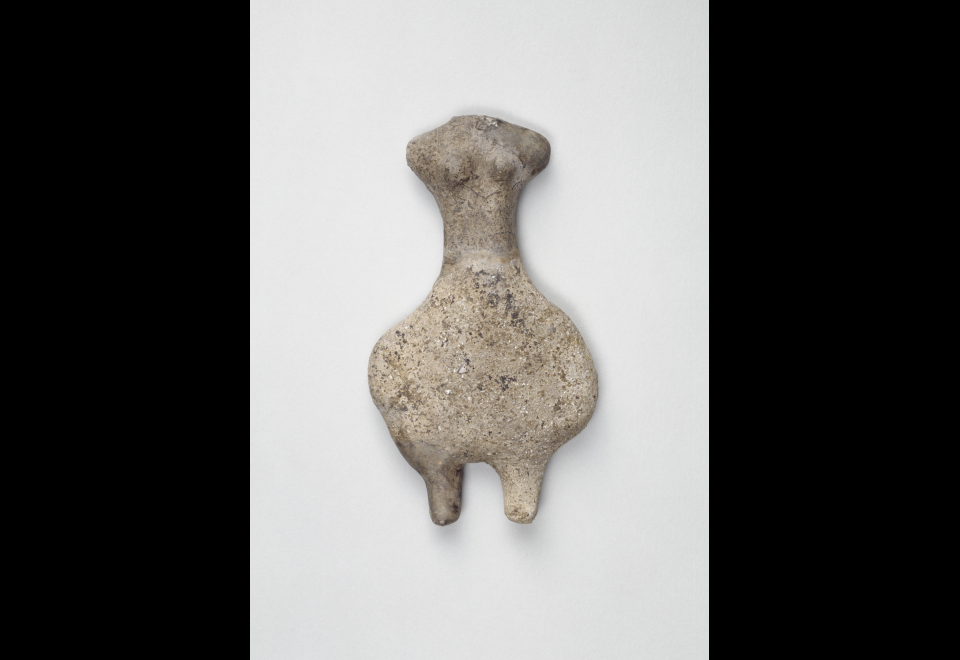
Statuette féminine, néolithique moyen
Terre cuite modelée
Musée d'Archéologie Nationale, Saint-Germain-en-Laye
© RMN-Grand Palais (MNAAG, Paris) / MichelUrtado
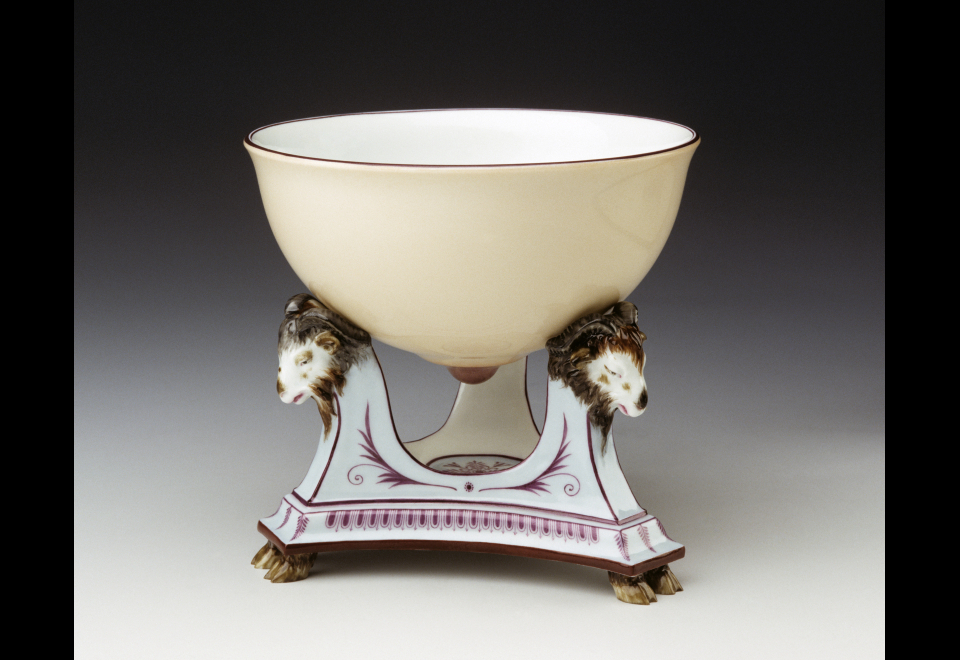
Jatte téton dit "bol sein" et son trépied, 1787-1788
Porcelaine tendre (bol) et dure (trépied)
Sèvres - Manufacture et Musée nationaux
© RMN-Grand Palais / Sèvres-manufacture et muséenationaux / Martine Beck-Coppola
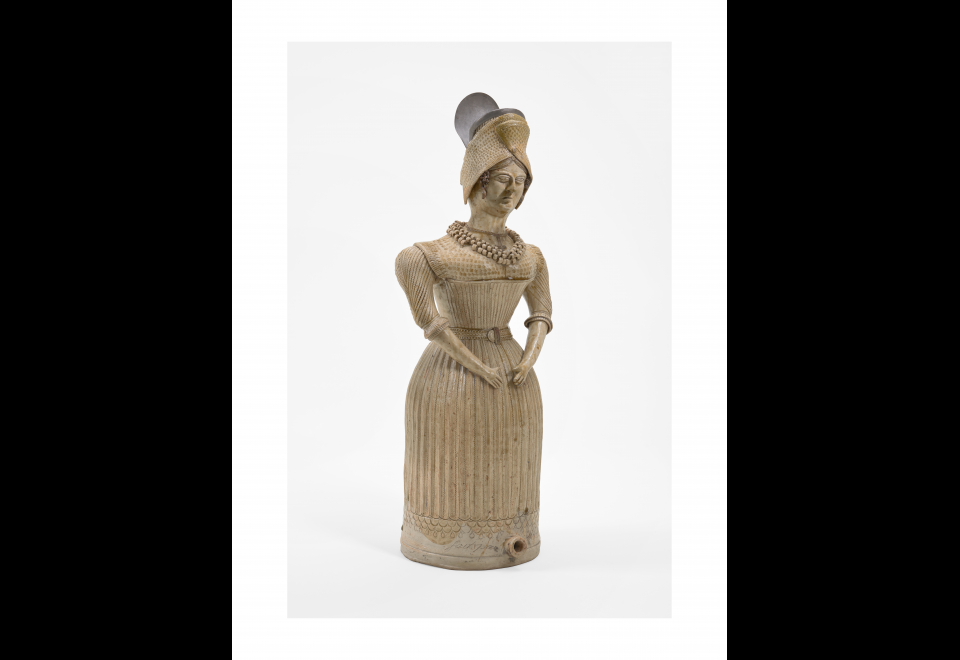
Fontaine de propreté, vers 1840
Pâte grésée, tournée et modelée, visage estampé matricé, émail à la cendre
Musée des civilisations de l’Europe et de la Méditerranée, Marseille
© RMN-Grand Palais (MUCEM) / Image RMN-GP © Photographe : Christophe Fouin
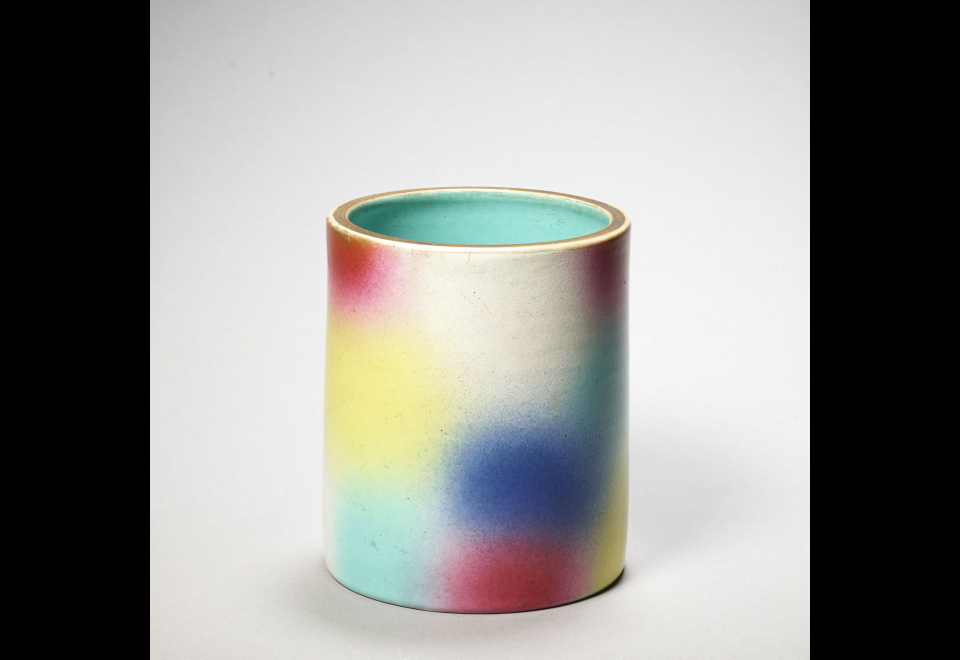
Pot à pinceaux (Pitong), dynastie Qing (1644-1911), fin18e ou 19e siècle
Porcelaine, émaux soufflés
Musée national des Arts asiatiques - Guimet, Paris Ancienne collection Emile Guimet, œuvre exposée au pavillon chinois de l’Exposition Universelle de 1900
© RMN-Grand Palais (MNAAG, Paris) / Michel Urtado
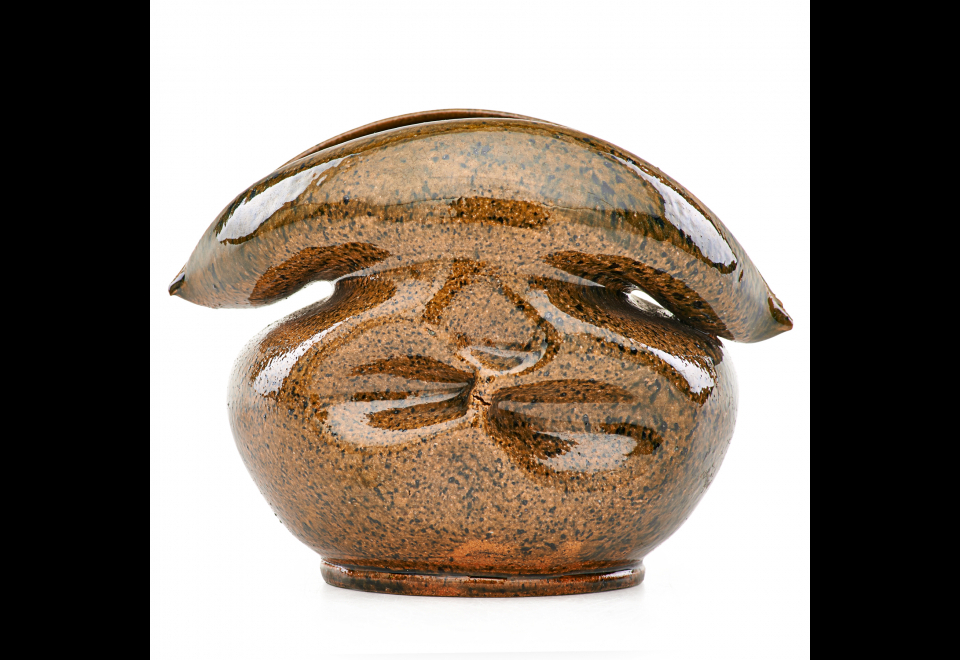
Sans titre, 1900
Grès, cuisson bois
The Museum of Everything, Londres, Royaume-Uni
© Courtesy of The Museum of Everything, Londres,Royaume-Uni
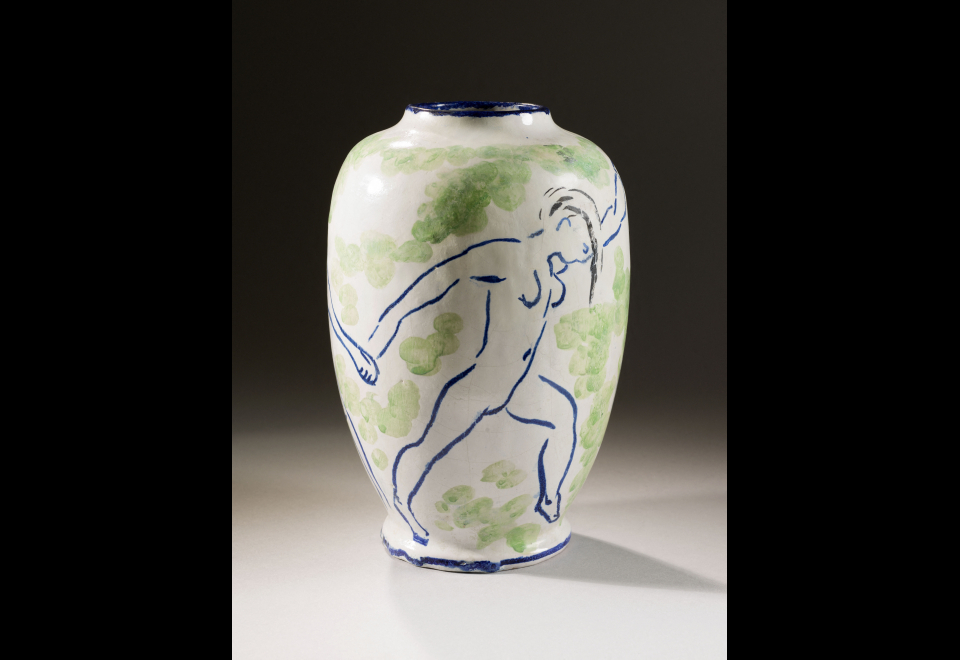
Vase, vers 1907
Faïence stannifère peinte
Musée d’Art moderne de Paris Paris Musées, musée d'Art moderne, Dist. RMN-Grand Palais / image ville de Paris
© Succession Matisse 2021
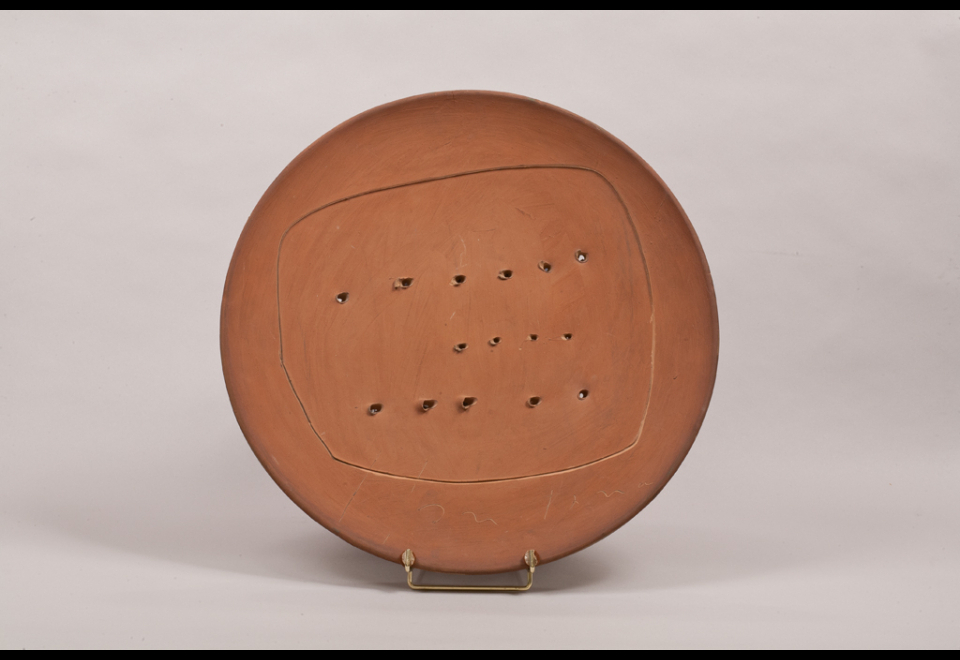
Concept spatial, vers 1955
Terre cuite
Collection Larock-Granoff, Paris
© ADAGP, Paris 2021
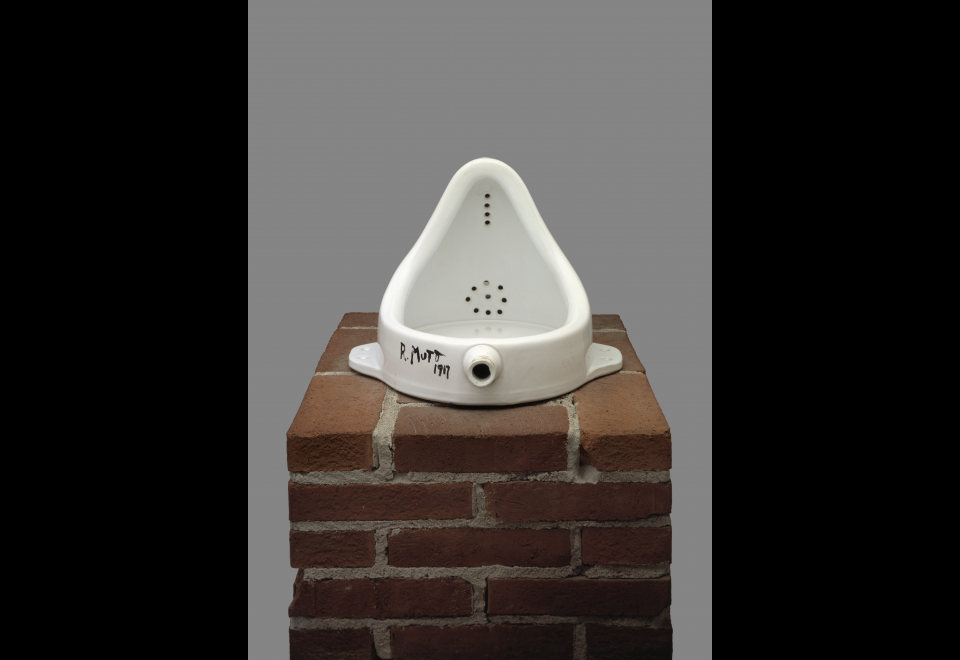
Fountain, 1963 (réplique de l'oeuvre de 1917)
Porcelaine, briques
Collection Moderna Museet, Stockholm, Suède Donation des Amis du Moderna Museet, 1965
© Association Marcel Duchamp / ADAGP,Paris 2021
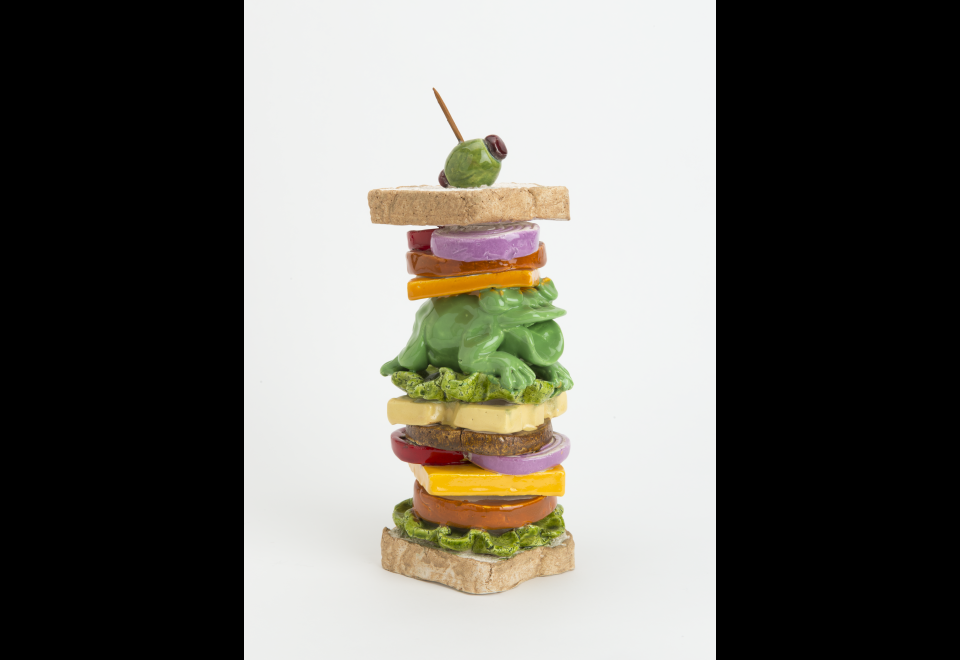
Dagwood, 1987
Faïence blanche émaillée
Collection of the Arizona State University Art Museum,Tempe, Etats-Unis
Gift of Stéphane Janssen Photography by Craig Smith
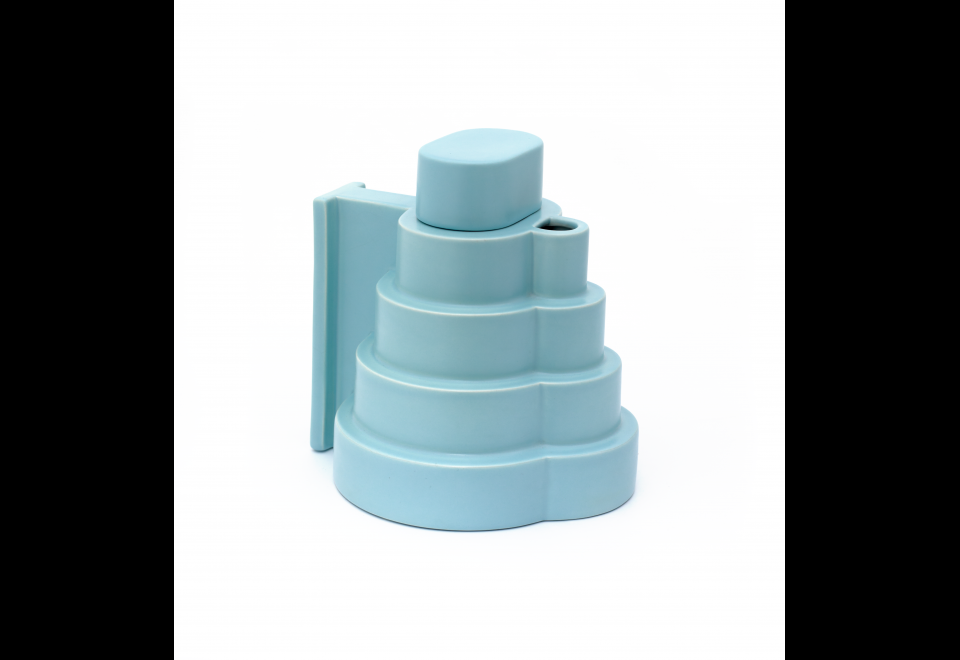
Théière Lapislazuli, 1987
Céramique modelée et émaillée en bleue
Centre national des arts plastiques, en dépôt au Musée national Adrien Dubouché, Limoges
© Centre Pompidou, MNAM-CCI, Dist, RMN-Grand Palais / Georges Meguerditchian © ADAGP, Paris 2021
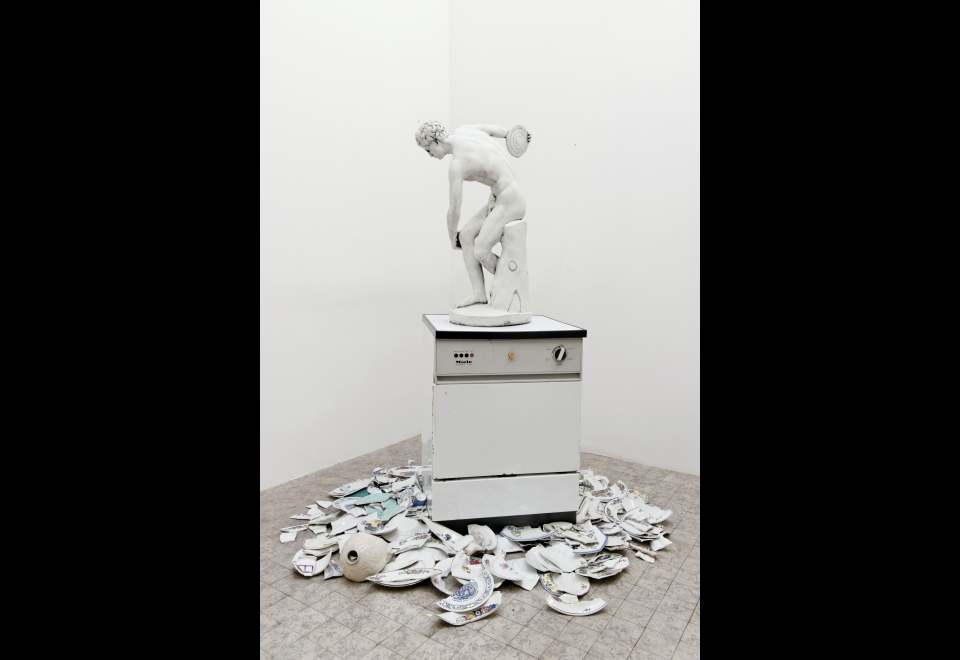
L’art à tout casser, 1990
Discobole placé sur un lave-vaisselle Miele, plâtre, faïence et porcelaine cassées
Musée d'Art moderne de Paris
Photo : © Aurélien Mole
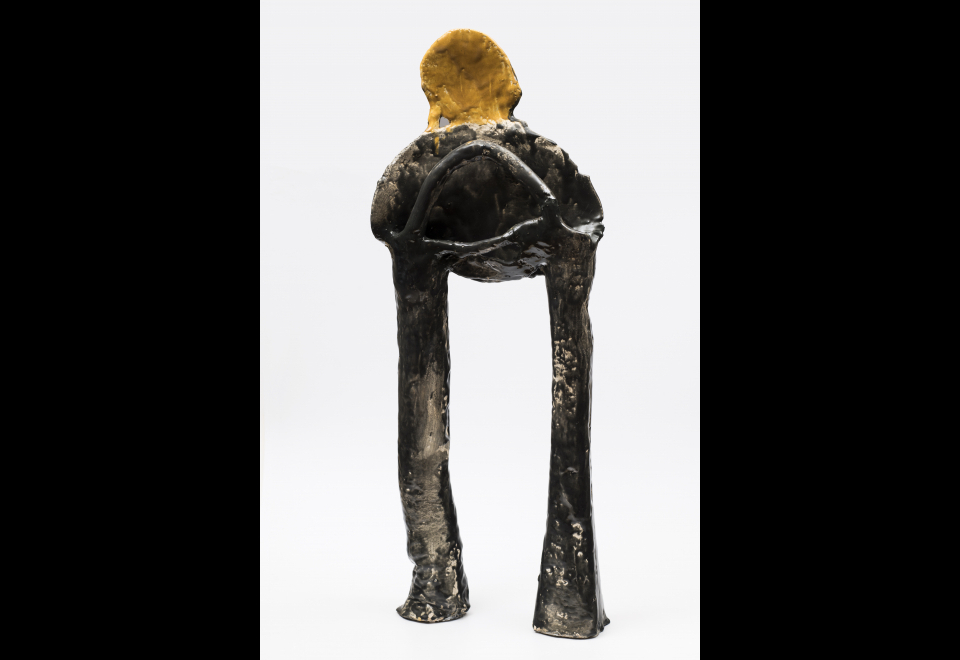
Dionysos, 1999
Grès émaillé
Courtesy de l'artiste et de la Galerie Balice Hertling, Paris Photo : © Aurélien Mole
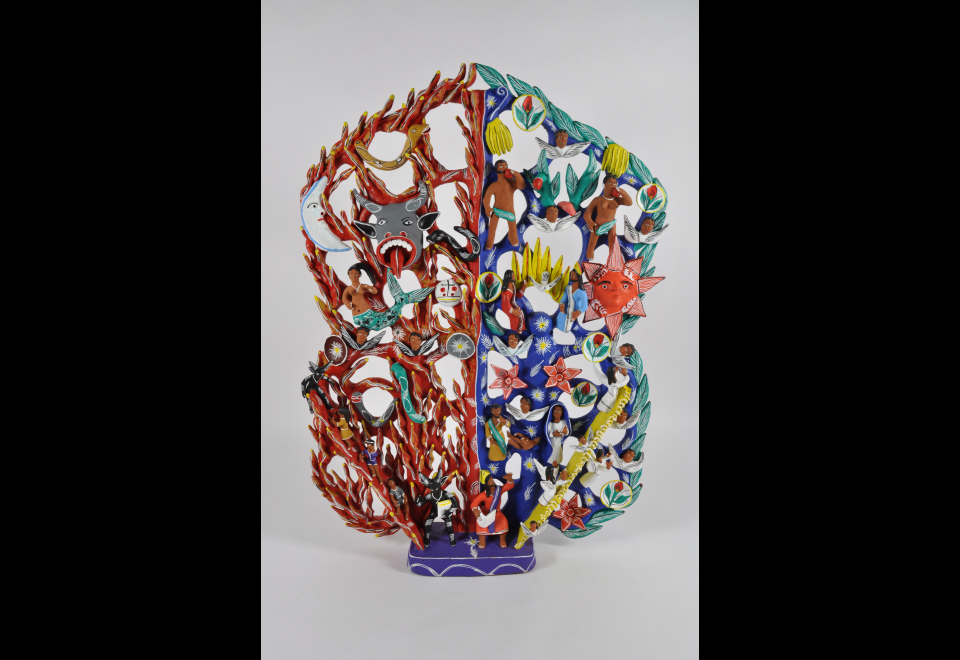
Arbre de vie, 2004
Terre cuite sculptée, peinte et modelée
Musée des Civilisations de l'Europe et de la Méditerranée, Marseille
© RMN-Grand Palais (MuCEM) / image MuCEM
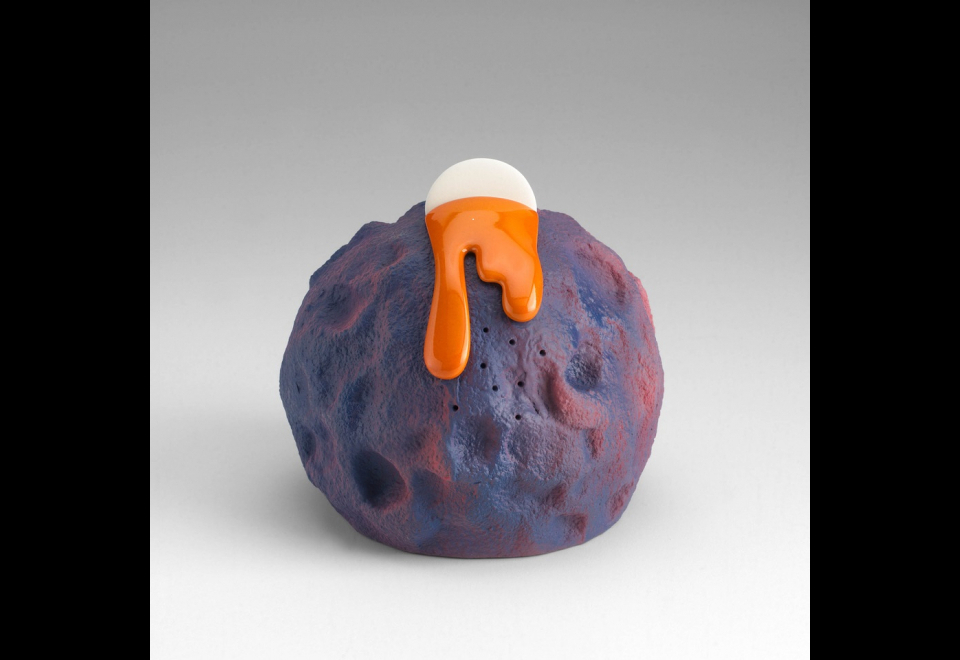
Captive Morgan, 2012
Faïence, émail, polyuréthane catalysé et résine époxy
Collection particulière
© Ron Nagle, Courtesy Matthew Marks Gallery
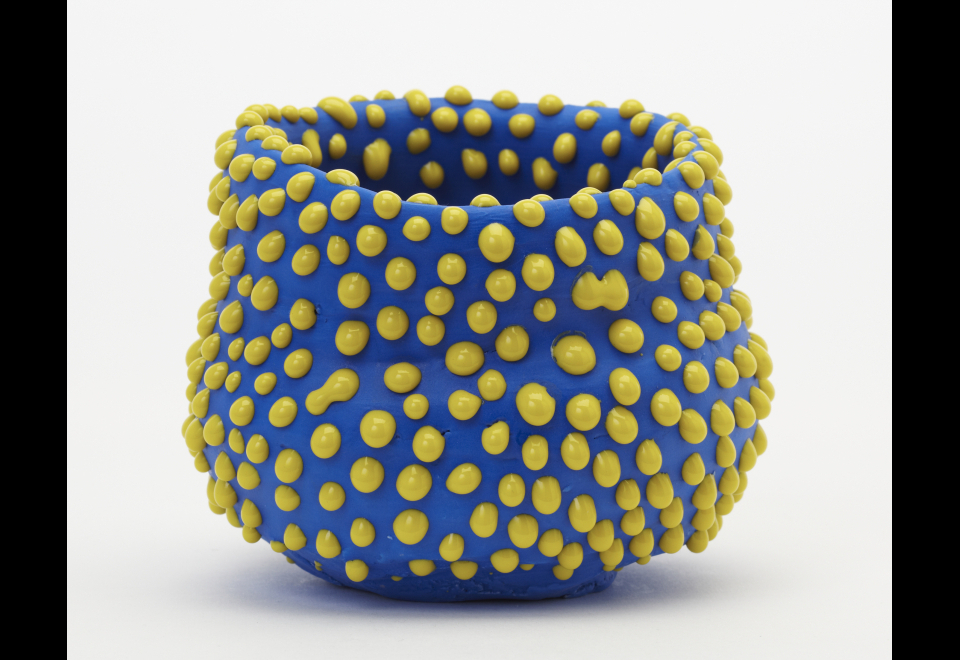
Bowl, 2014
Porcelaine, émail
Courtesy de l’artiste et de Pierre Marie Giraud, Bruxelles, Belgique
Photo : © Tadayuri Minamoto
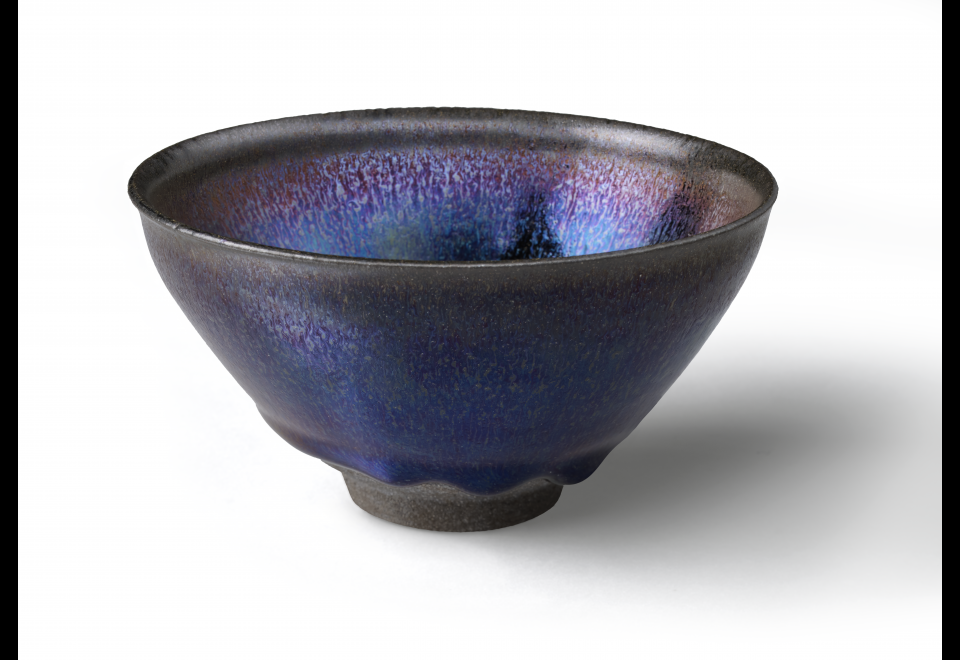
Bol, 2018
Grès émaillé (tenmoku)
Musée des Arts Décoratifs, Paris
Don T. K. Ngiam, 2019
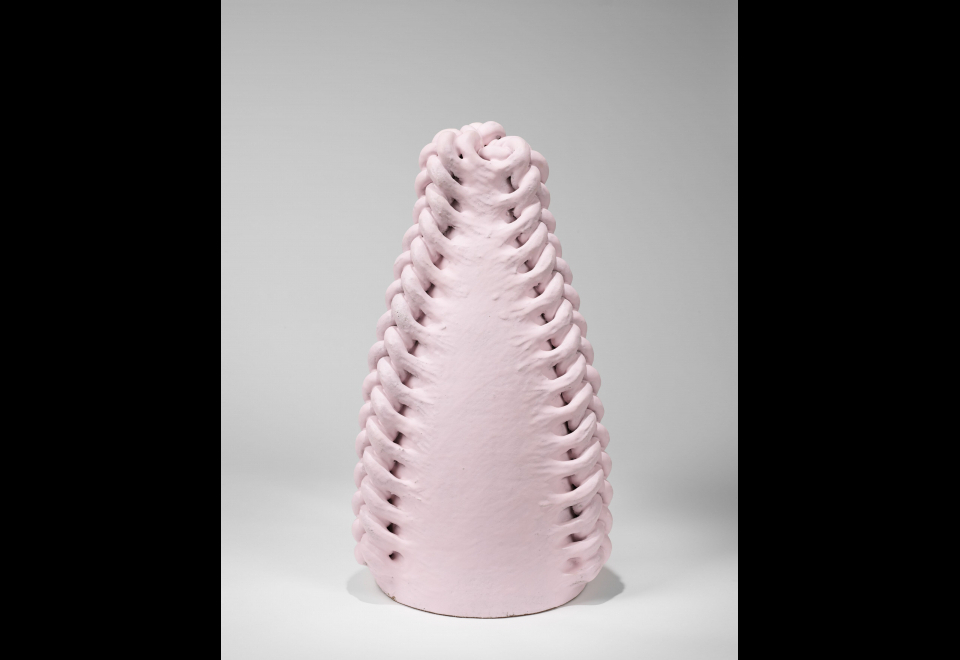
Village Series, 2020
Grès émaillé
Collection De Iorio, Trente, Italie Courtesy Hauser & Wirth, Zurich, Gstaad, Suisse, Londres, Royaume-Uni, Hong Kong, Chine, New York, Los Angeles, États-Unis
© Simone Leigh Courtesy the artist and Hauser & Wirth Photo : Thomas Baratt

